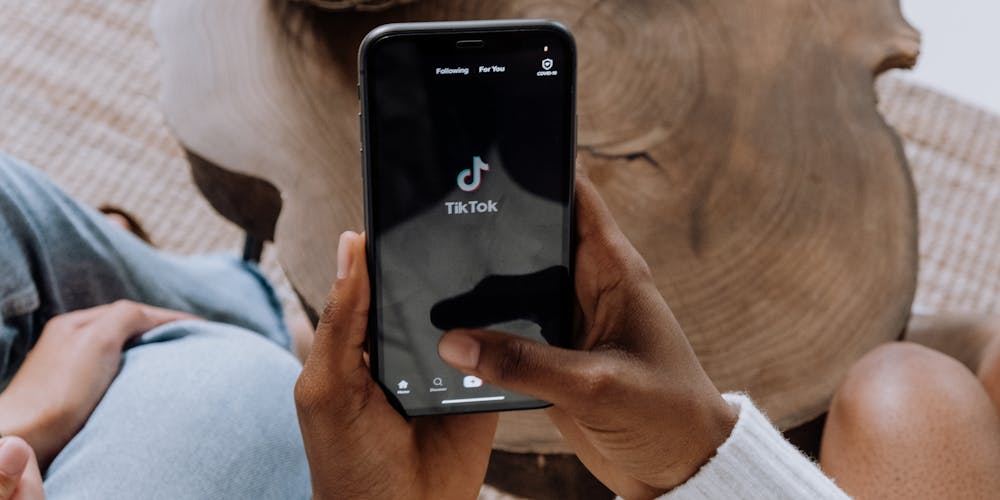The rapid ascent of TikTok, a social media platform developed by the Chinese company ByteDance, has caught the world’s attention. Propelled by a unique algorithm that fosters binge-watching, the app’s diverse content, ranging from dance and music to food and challenges, has garnered a massive user base. Yet, despite its popularity, TikTok now finds itself at the center of international scrutiny over national security and data privacy concerns.
The Formation and Rise of TikTok
Origin and Early Success
Founded by entrepreneur Zhang Yiming in 2012, ByteDance quickly made its mark in the tech world with the launch of Toutiao, a news aggregation app that became highly successful in China. Toutiao’s sophisticated algorithm, which tailored content to user preferences, set the stage for ByteDance’s future ventures. In 2016, ByteDance sought to capture the video-sharing market in China and launched Douyin. Instantly resonating with young audiences, Douyin’s popularity in China soared, laying the groundwork for ByteDance’s international ambitions.
International Expansion and Cultural Influence
ByteDance, noticing the global appetite for short-form video content, expanded its horizon with TikTok. This expansion was significantly accelerated by the strategic acquisition of startup Musical.ly in November 2017 for a deal widely reported to be around $1 billion. The merger served as a catalyst, integrating Musical.ly’s existing young, enthusiastic user base with TikTok’s innovative platform. In no time, TikTok’s addictive algorithm and quirky challenges became a cultural phenomenon.
Scrutiny and Challenges
Political Content Censorship Concerns
In the wake of TikTok’s spread across international borders, concerns about the content it promoted — and the content it seemingly suppressed — came to light. Reports from The Washington Post and The Guardian in September 2019 pointed out the conspicuous absence of content related to China’s political sensitivities, such as the Hong Kong protests and the Tiananmen Square Massacre. Such observations cast doubts on TikTok’s autonomy and raised fears about the extent of censorship on the platform, sparking a debate about free expression.
U.S. Government’s Reaction and Response
As concerns mounted, so did the response from the U.S. government. The Trump administration, citing national security risks due to potential data transfer to the Chinese government, pushed for a dramatic step: an order demanding that ByteDance divest itself of TikTok’s U.S. operations. This initiative reflected the growing distrust and tensions between China and the United States during that period. However, efforts to force a sale stalled, and the mandates from the executive order lapsed without taking effect.
Responding to Security and Privacy Issues
Settlements and Data Management Shifts
Facing mounting pressure to address privacy and security concerns, TikTok took several steps to reassure U.S. authorities and the public. In February 2019, the company settled federal charges by agreeing to pay a $5.7 million fine related to allegations of violating U.S. child-privacy laws. Subsequently, in a bid to mitigate fears about data sovereignty, TikTok announced that it would be moving U.S. user data to servers managed by Oracle in June 2022.
Ongoing Concerns and Statements from U.S. Officials
Despite TikTok’s efforts to mitigate security risks, skepticism from U.S. officials remained. One of the most potent warnings came from the FBI Director, who voiced concerns about the possibilities of Chinese influence operations exploiting TikTok.
TikTok’s Global Impact and Cultural Reach
User Base Growth and Milestones
TikTok’s appeal has proven to be universal, transcending cultural and linguistic barriers to amass a staggering user base. In 2021, the platform reached a significant milestone, boasting over a billion monthly active users.
Awards and Recognitions
TikTok, a product of the Chinese tech giant ByteDance, has taken the world by storm with its addictive blend of short videos that span from catchy dances to DIY tutorials.

